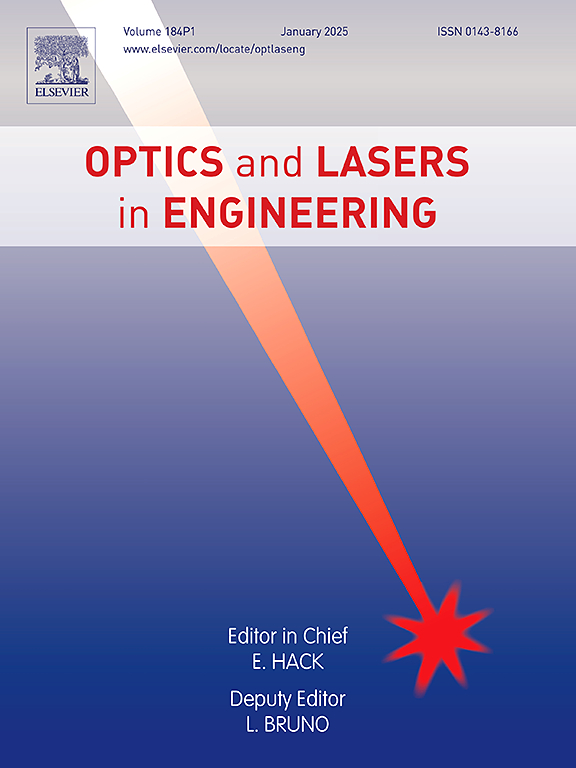利用宽带光度计测量结果和已测试白光 LED 光源的目录参数估算光谱失配校正系数
IF 3.5
2区 工程技术
Q2 OPTICS
引用次数: 0
摘要
通过使用在这项工作中开发的模型查找表,我们展示了可以通过一个步骤对测试 LED 光源的照度或发光强度等特性进行精确的光度测量。这是一种简单的宽带测量方法,可替代目前复杂而昂贵的光谱测量方法。为了开发查询表,我们根据 LED 的目录参数(如相关色温 (CCT) 和黑色素日光效率比 (mDER))估算了特定光度计的光谱失配校正系数 (SMCF) 的典型最小值和最大值。这项研究基于在美洲、亚洲和欧洲的认可实验室收集和测量的独特而庞大的真实光度计光谱响应 srel(λ) 数据集,以及建模的 LED 光谱功率分布 (SPD) 数据。针对混色发光二极管(cm-LED)和白荧光粉转换发光二极管(pc-LED)这两种常见的发光二极管类型开发了独立的查询表。本文章由计算机程序翻译,如有差异,请以英文原文为准。
The spectral mismatch correction factor estimation using broadband photometer measurements and catalog parameters for tested white LED sources
Using a modeled look-up chart developed in this work, we show that accurate photometric measurements of characteristics like illuminance or luminous intensity of test LED sources can be measured in one step. This is a simple broadband measurement that may substitute for complicated and costly spectral measurements currently in place. To develop the look-up chart, the typical minimum and maximum of the Spectral Mismatch Correction Factor (SMCF) for a given photometers was estimated in relation to catalog parameters of the LEDs such as correlated color temperature (CCT) and melanopic daylight efficacy ratio (). This research was based on the unique and large dataset of real photometers spectral response collected and measured at accredited laboratories located at America, Asia and Europe and modeled LED's spectral power distribution (SPD) data. Independent look-up tables were developed for color-mixed LEDs (cm-LEDs) and white phosphor-converted LEDs (pc-LEDs), two common LED types.
求助全文
通过发布文献求助,成功后即可免费获取论文全文。
去求助
来源期刊

Optics and Lasers in Engineering
工程技术-光学
CiteScore
8.90
自引率
8.70%
发文量
384
审稿时长
42 days
期刊介绍:
Optics and Lasers in Engineering aims at providing an international forum for the interchange of information on the development of optical techniques and laser technology in engineering. Emphasis is placed on contributions targeted at the practical use of methods and devices, the development and enhancement of solutions and new theoretical concepts for experimental methods.
Optics and Lasers in Engineering reflects the main areas in which optical methods are being used and developed for an engineering environment. Manuscripts should offer clear evidence of novelty and significance. Papers focusing on parameter optimization or computational issues are not suitable. Similarly, papers focussed on an application rather than the optical method fall outside the journal''s scope. The scope of the journal is defined to include the following:
-Optical Metrology-
Optical Methods for 3D visualization and virtual engineering-
Optical Techniques for Microsystems-
Imaging, Microscopy and Adaptive Optics-
Computational Imaging-
Laser methods in manufacturing-
Integrated optical and photonic sensors-
Optics and Photonics in Life Science-
Hyperspectral and spectroscopic methods-
Infrared and Terahertz techniques
 求助内容:
求助内容: 应助结果提醒方式:
应助结果提醒方式:


